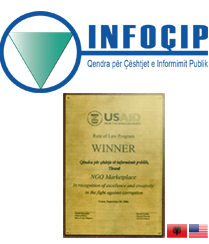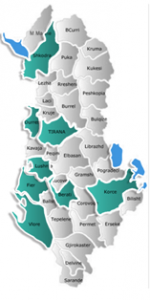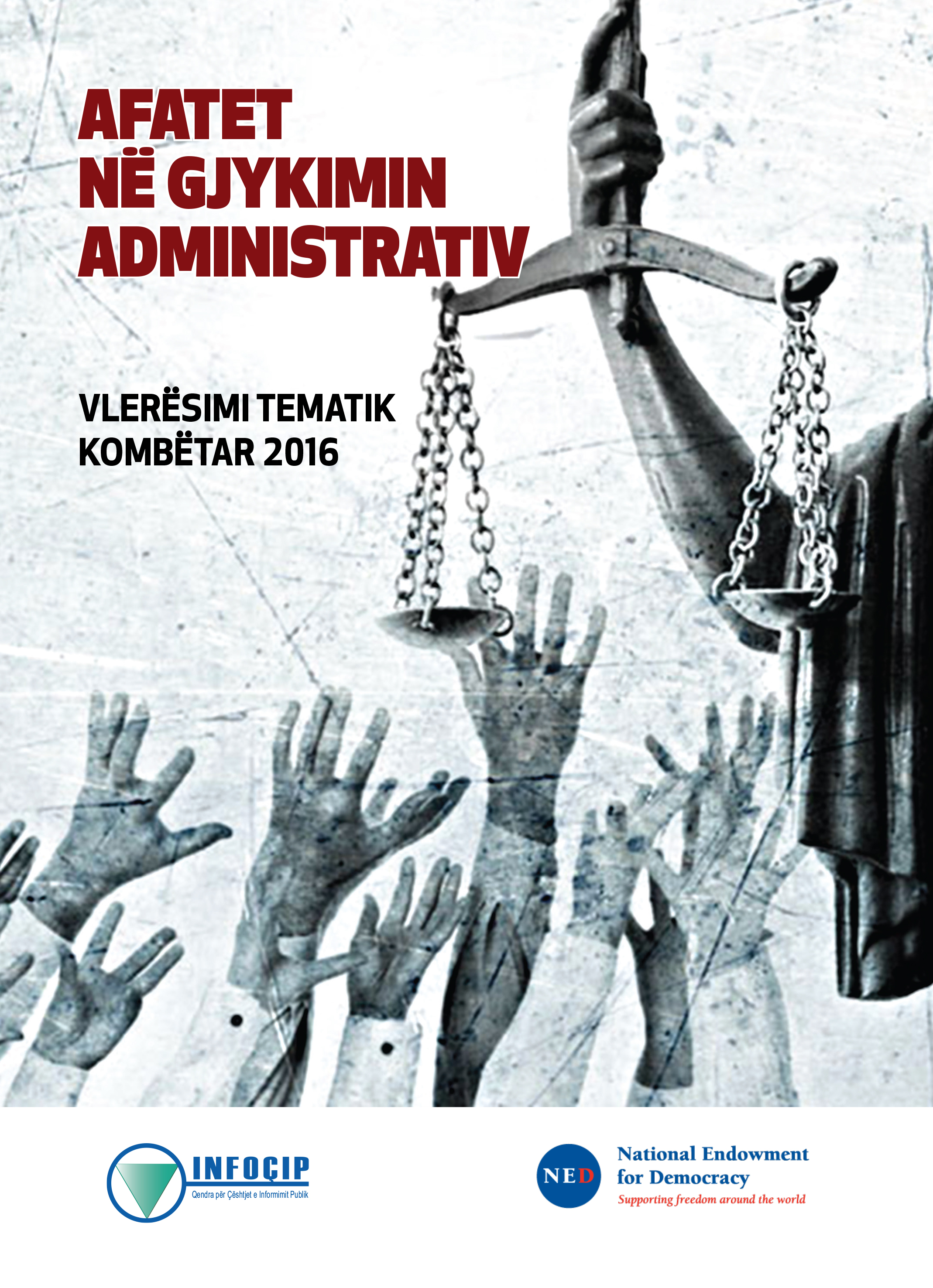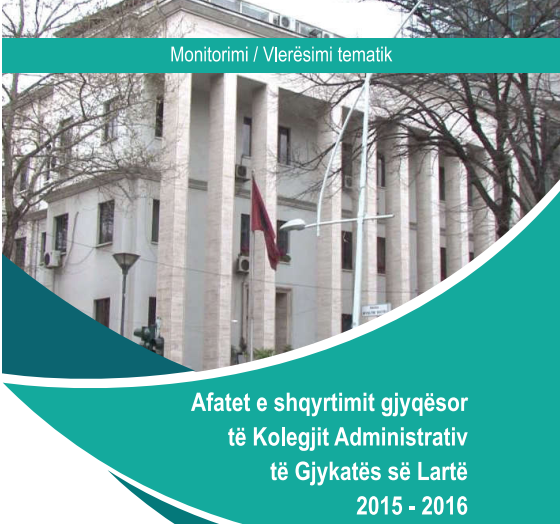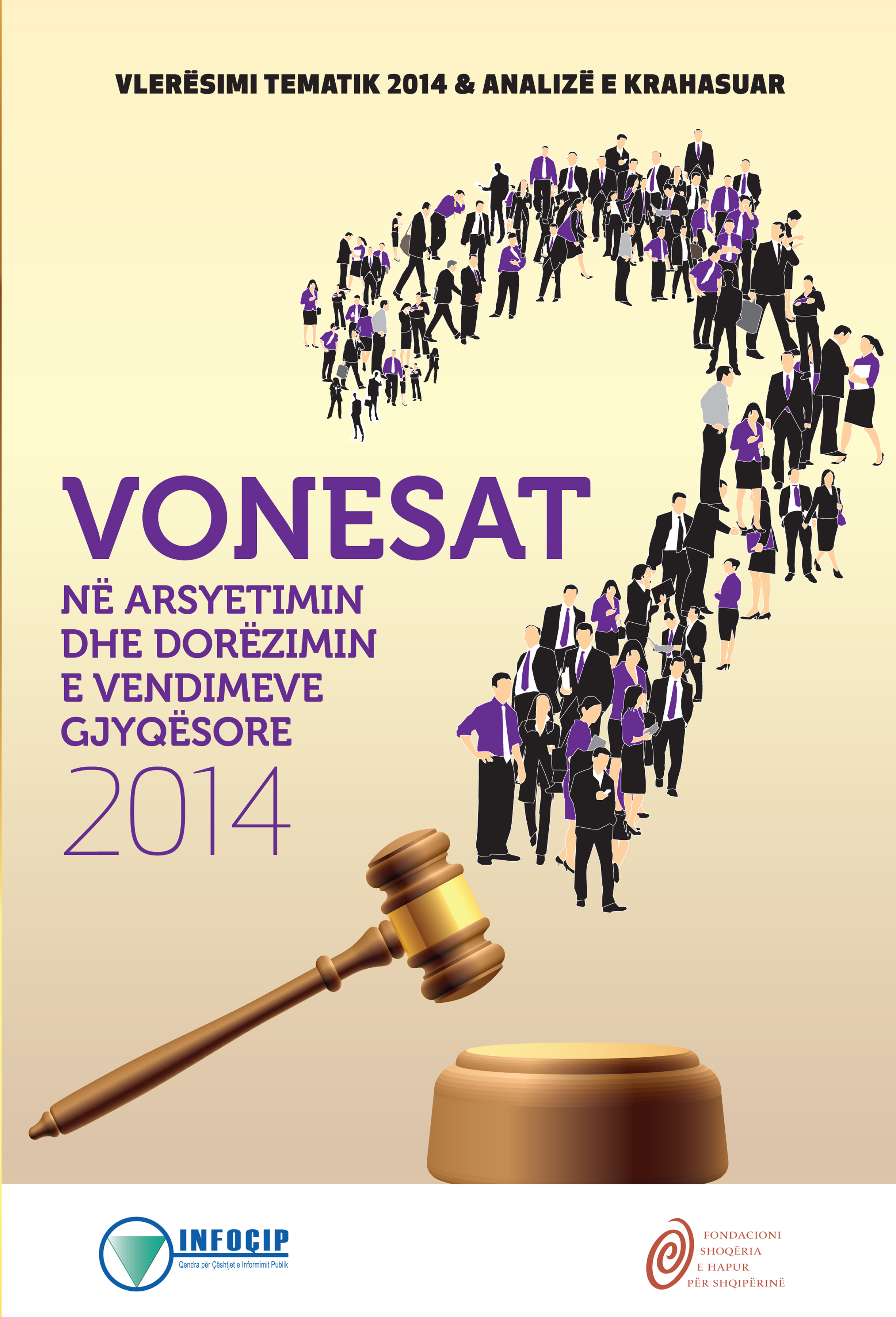Municipal Council of Durrës approves the “City Urban Plan”. The inhabitants of the 11 district remain unhapppy
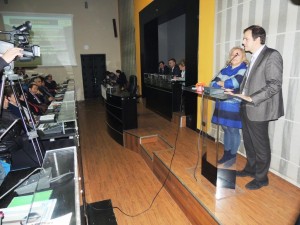 DURRES, 11.01.2013. – The Municipal Council of Durrës approved by majority voting the ‘General Urban Planing and the City Regulation”. This very important decision was anticipated by a series of discussions with interested stakeholders, organized by Durrës Municipality. The final public discussion was organized by CPII and its local branch in Durrës on December, 15th, 2012 at the premises of Adriatic Hotel. This was a coordinated event with the Durres Municipal Council (read more about this meeting at: http://www.infocip.org/al/?p=10071 ). All audio-video recordings and the confrontations of concepts on the city development between the chairman of Municipal Council, Mr. Hamiti (the only architect by profession at the Municipal Council of Durres) and the representatives of the subcontracted Studio (Mr. Dr. Urb. Eng. Athanasios Pagonis, T.P. Development Group) on the other hand, were made available beforehand to all the concerned parties via online publication of this event, in the official website of CPII, already linked to the website of Durrës Municipality.
DURRES, 11.01.2013. – The Municipal Council of Durrës approved by majority voting the ‘General Urban Planing and the City Regulation”. This very important decision was anticipated by a series of discussions with interested stakeholders, organized by Durrës Municipality. The final public discussion was organized by CPII and its local branch in Durrës on December, 15th, 2012 at the premises of Adriatic Hotel. This was a coordinated event with the Durres Municipal Council (read more about this meeting at: http://www.infocip.org/al/?p=10071 ). All audio-video recordings and the confrontations of concepts on the city development between the chairman of Municipal Council, Mr. Hamiti (the only architect by profession at the Municipal Council of Durres) and the representatives of the subcontracted Studio (Mr. Dr. Urb. Eng. Athanasios Pagonis, T.P. Development Group) on the other hand, were made available beforehand to all the concerned parties via online publication of this event, in the official website of CPII, already linked to the website of Durrës Municipality.
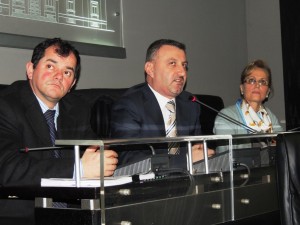 The meeting of the Council lasted for more than 2 hours, characterised by debates among councilmen. The Mayer, Mr. Dako requested from the councilmen to provide answers to the inhabitants of quarter 11, an archaeological zone excluded from this development plan. Being an archaeological zone, construction and development therein is prohibited by law. The inhabitants persistently required their zone be treated under a development and construction plan, highlighting the unaccepted situation with regard to their own houses where they currently live, which can not be even put under reconstruction due to the restrictions deriving from the archaeological site preservation priority. Mr. Athanasios Pagonis, representative of the Studio, explained that the concern of inhabitants was reported to them after 2011, when the project was almost completed. He stated that notwithstanding this plan, it takes into consideration the national interests, prior to the local inhabitants’ interest to develop their properties, and such approach comes in full compliance with the Albanian legal framework on archaeological sites preservation. The Head of Municipal Council, Mr. Indrit Hamiti, admitted that for this purpose a legal initiative should be launched in cooperation with the central government (Ministry of Culture), to resolve the problems for the areas of type A and B, marked in red as archaeological sites, due to their rich cultural heritage.
The meeting of the Council lasted for more than 2 hours, characterised by debates among councilmen. The Mayer, Mr. Dako requested from the councilmen to provide answers to the inhabitants of quarter 11, an archaeological zone excluded from this development plan. Being an archaeological zone, construction and development therein is prohibited by law. The inhabitants persistently required their zone be treated under a development and construction plan, highlighting the unaccepted situation with regard to their own houses where they currently live, which can not be even put under reconstruction due to the restrictions deriving from the archaeological site preservation priority. Mr. Athanasios Pagonis, representative of the Studio, explained that the concern of inhabitants was reported to them after 2011, when the project was almost completed. He stated that notwithstanding this plan, it takes into consideration the national interests, prior to the local inhabitants’ interest to develop their properties, and such approach comes in full compliance with the Albanian legal framework on archaeological sites preservation. The Head of Municipal Council, Mr. Indrit Hamiti, admitted that for this purpose a legal initiative should be launched in cooperation with the central government (Ministry of Culture), to resolve the problems for the areas of type A and B, marked in red as archaeological sites, due to their rich cultural heritage.
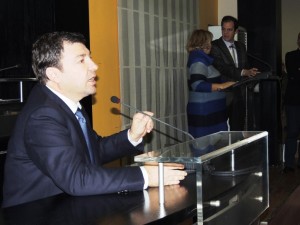
The inhabitants of the 11 district were also present in the hall, along with the other members of the Citizens’ Transparency Network in Durres (CPII local structure), already consolidated for more than 2 years now. They expressed their concerns to the councilmen, asking for “permission” to reconstruct at list their homes, an intervention which has resulted impossible so far due to the restrictions which apply upon archaeological sites. This direct involvement of citizens in the discussions of the Council while in plenary session, marked the first that CPII has recorded in these last three years that it is working in Durres to increase and vitalize the civic participation in local decision making process.
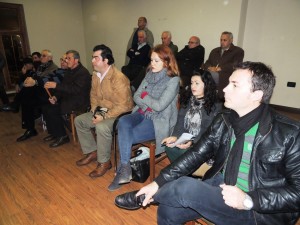 The presentation made by the Urban Studio representatives was poor in details. Their Power Point Presentation focused more on the legal framework in Albanian rather than on urban perspective of Durres City. Those who followed the presentation found it hard to perceive how Durres would look like after ten years, with this Plan fully implemented.
The presentation made by the Urban Studio representatives was poor in details. Their Power Point Presentation focused more on the legal framework in Albanian rather than on urban perspective of Durres City. Those who followed the presentation found it hard to perceive how Durres would look like after ten years, with this Plan fully implemented.
The project was supported by the World Bank in the framework of LAMP II project and was the outcome of a 4 year work made by the Studio, since 2008-2009.
LAST RELEASED PUBLICATION
MONITORING REPORT
Recent reports/studies
Partners / Donors
Local Branches
- Citizens' Transparency Office, Durrës (19)
- Citizens' Transparency Office, Korça (9)
- Election Situation Chamber (11)
- JUDICIARY (1)
- NED (11)
- www.vendime.al (5)
Foto lajm

- CPII anounces the monitoring result for Durres Municipal Council. It must be re-elected
Where we work

